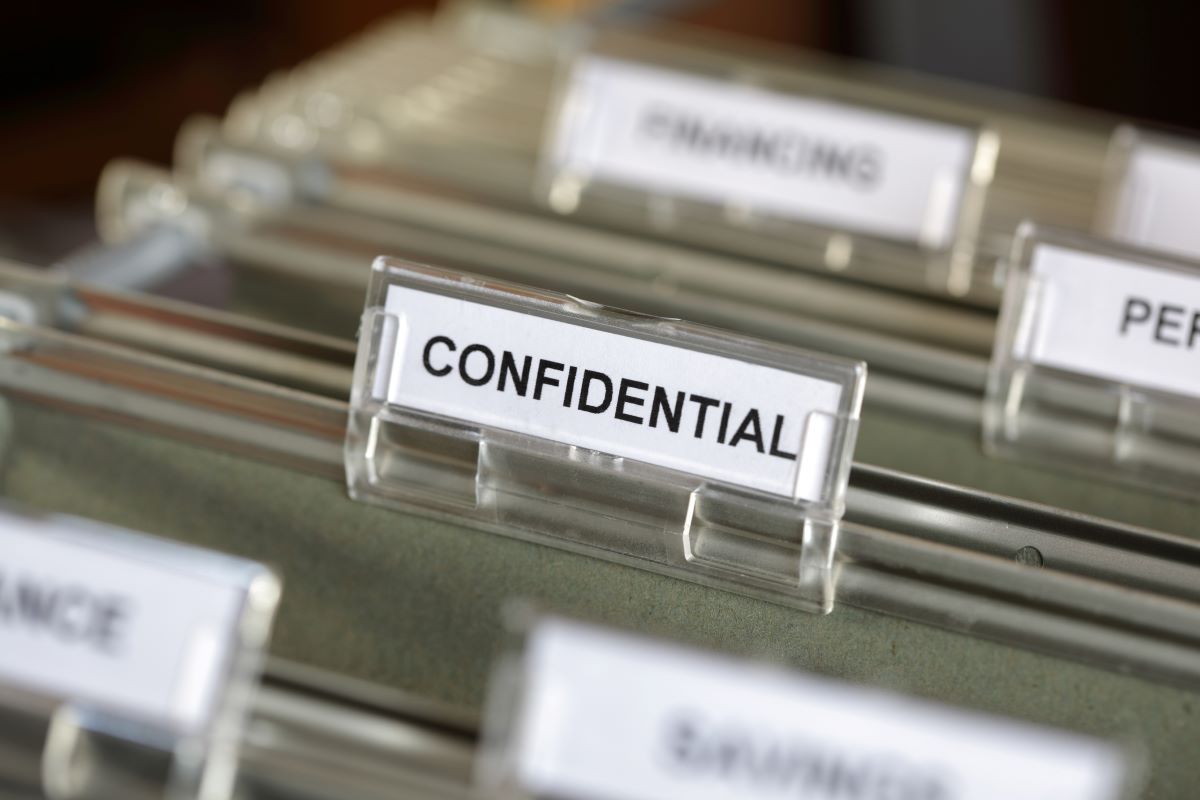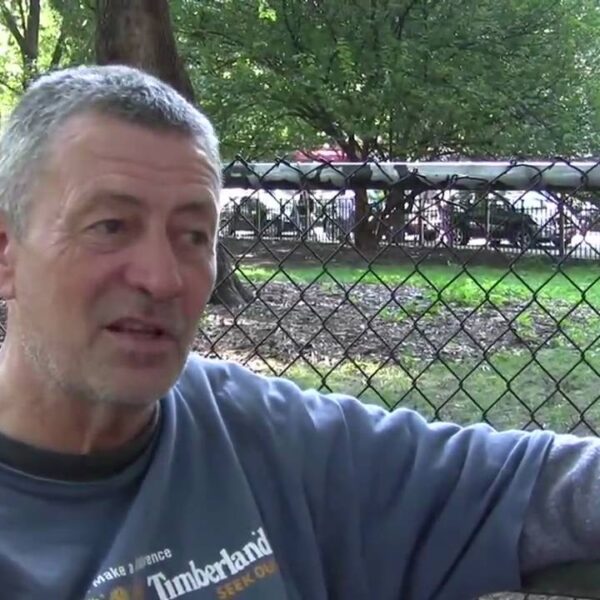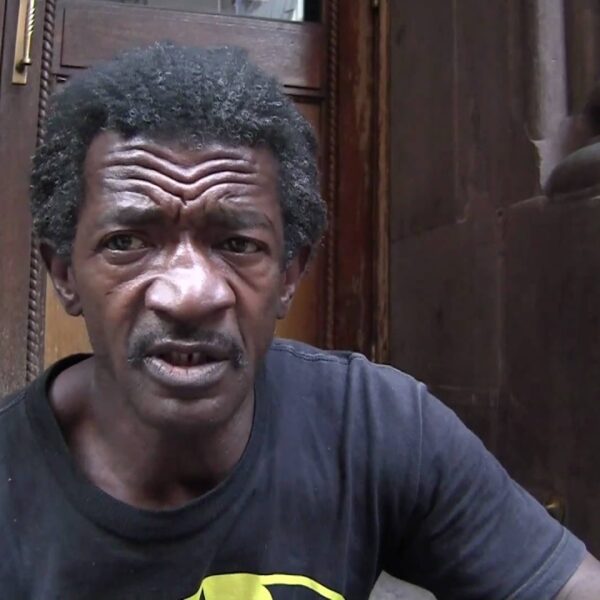Homeless deaths are on the rise. Recognizing this alarming trend, reporters from The Guardian set out to quantify the surge in the homeless death rate. Their statistical analysis yielded rather horrifying results.
By collaborating with the Homeless Death Counts Organization, these reporters were able to study the increase in homeless deaths for five years across 20 prominent cities, such as Los Angeles, New York City, and Las Vegas, all notorious for high levels of homelessness nationwide.
The results from the study showed a 77% increase in homeless deaths across-the-board between the years 2016 and 2020. Notedly, the numbers were much higher in certain areas, such as Philadelphia, where homeless deaths surged an astonishing 150%.
In the years following that study, thousands of Americans have taken their last breaths on city sidewalks, collapsing from heart attacks in subway stations and dying from inclement weather exposure under the bypasses and freeways of a jagged, uncaring North American landscape. Sadly, these deaths went largely unnoticed.
Even as elderly unsheltered homeless people were bludgeoned to death by gang members and unhoused veterans lost their lives to curable diseases, these tragic stories went largely untold, ignored by mainstream media and the general public alike.
However, on May 1, 2023, the senseless death of a homeless 30-year-old African-American man changed everything. That man’s name was Jordan Neely. He was a street performer suffering from severe mental health issues who was fatally strangled on a subway following a vocal outburst.
Shortly after the tragedy, it was revealed that the late Michael Jackson impersonator had previously been placed on a top 50 tally of homeless individuals in desperate need of help. The unofficially titled “Dire Needs List” contains 49 other names, many vulnerable to an equally terrifying fate.
What Is the Homeless Dire Needs List?
New York City’s homeless dire needs list has been a dirty city secret for far too long. It was only made public after the Jordan Neely tragedy, as journalists and the general public pried for answers.
According to PIX 11 News, the Department of Human Services in New York City has long held a tally featuring the top 50 most vulnerable homeless people living unsheltered on the streets of the Big Apple.
The list, which was never intended to be made public, features individuals who have been failed by not just one but several different branches of the homeless system.
Many, like Neely, have been bounced around from hospitals to jail cells, to mental health institutions, and back again, always to be spat back out on the streets. Such a cruel existence would be damaging to anyone. It was only a matter of time before at least one person named on the list endured a tragic, fatal outcome.
Hence, this was the purpose of the list in the first place.
Criteria for Getting on the Homeless Dire Needs List
In order to be named one of the top 50 most vulnerable homeless people in New York City, several sad conditions must be simultaneously true. According to the Social Security Administration, the below-listed criterion is a starting point for identifying dire needs. People whose needs are classified as dire are often:
- Hungry
- Exhausted
- Severely physically or mentally ill
- Cycled through the prison industrial complex
- Pushed into and out of mental health treatment facilities
- Admitted into and exited back out of homeless shelters
- Vulnerable to violent altercations as the result of extended episodes of unsheltered homelessness
New York City Councilmember Diana Ayala of the East Harlem District Office described the list as indicative of a much larger problem.
“If you look at each individual case, you will see that they came in contact with every organization on the face of the Earth, and they still fell through the cracks. So, we’re doing something fundamentally wrong,” she explained.
Homeless Data is Seriously Lacking and Often Undisclosed to the Public
The fact that the general public is drastically misinformed about homelessness, even when information is available, is problematic at best.
While the names on New York City’s “Dire Needs” list remain undisclosed for privacy purposes, the fact that the list exists should be public knowledge.
How many other cities have lists featuring the names of 50 or more homeless individuals with circumstances so dire they are likely to die soon? How many have already died quietly without any acknowledgment from city leaders and mainstream media organizations?
It is bad enough that we lack pivotal data to quantify the magnitude of the homeless issue. Worse still, when information is available, it is kept secretive, only to be revealed in the light of some unfathomable catastrophe.
Talk to Your Local Legislators About Helping Those in Dire Need Today
Every person enduring the horrors of homelessness is in dire need of assistance. Without a voice, without a trace, our unhoused neighbors will continue to be named on secret lists in government filing cabinets, their truths barely spoken even in death.
Now is the time to alert your local legislators and demand they draft laws that make housing a human right for all.













